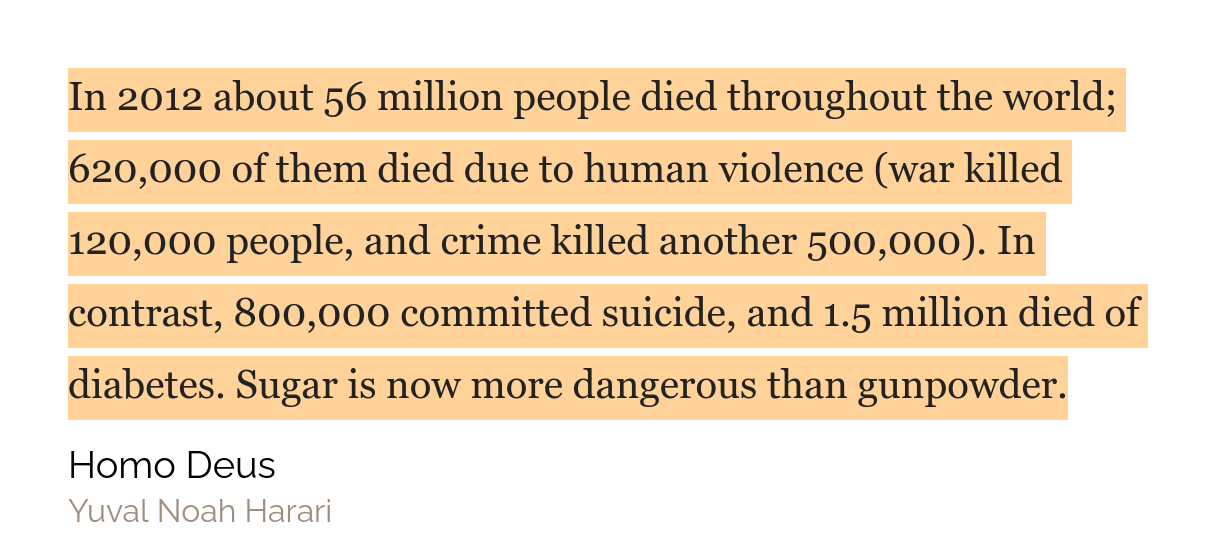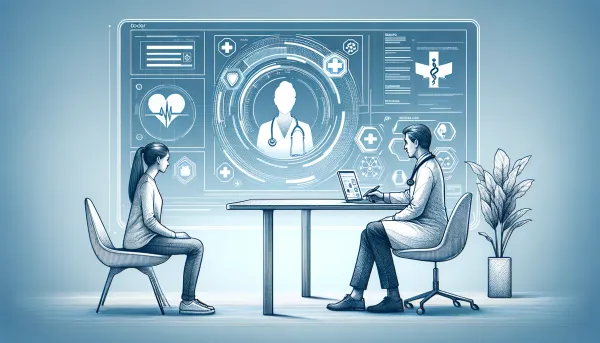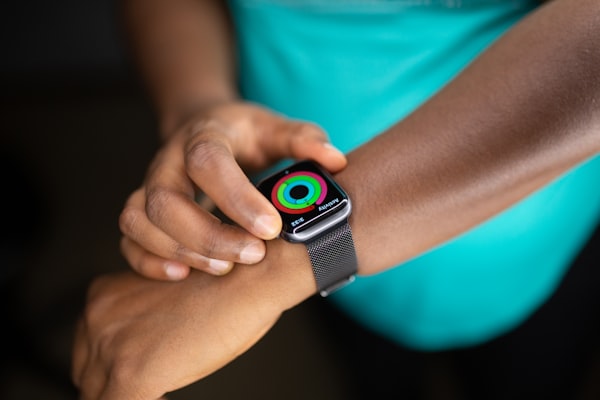Blood Glucose Management With Tech
Diabetes prevalence is already a pandemic and it will just get worse. Doctors alone don't stand a chance against ever growing numbers of diabetics. Tech might be the answer.

In issue #28, I included a link to a paper in Nature Medicine that discusses insulin dosage optimisation with AI. It seemed just right for the topic of this one to be blood glucose management with tech.
The prevalence of diabetes and especially type-2 diabetes (DT2) is increasing. Some sources report that 34 million Americans were diagnosed with DT2 and 7 million are undiagnosed. All in all, this accounts for almost 14% of their population. WHO estimates that 8.5% of people in the world have DT2. About 1.6 million deaths are caused every year directly by diabetes, and another 2.2 million by high blood glucose (data from 2016). Yuval Noah Harari was right when he said that sugar is more dangerous than gunpowder in his book Homo Deus.

One thing is clear: the prevalence of diabetes is increasing at alarming rates. One of the problems is the management of diabetes, which has to be, in some way or another, overlooked by a physician. But the number of patients is increasing well beyond the number of endocrinologists and there’s a shortage of them. That’s why we have to think about how a primary care physician may be able to manage the patients’ insulin without being specialised for it. Plus, it’s time-consuming to manage all of this manually. Here’s the opportunity for exploring novel ideas and technologies.
The above-mentioned paper wanted to evaluate if tech is as reliable as an endocrinologist in management of type-1 diabetes. The study was conducted in a simple way. Two groups of patients either received insulin either guided by a physician or by a decision support system using AI (AI-DSS).
During its course, “three severe adverse effects related to diabetes (two severe hypoglycemia, one diabetic ketoacidosis) were reported in the physician group and none in the AI-DSS group.” This is an incredible finding, one that shows how useful a decision support system is. Yet, it’s important to stress that this is a support system, not a replacement for physicians. They concluded that a DSS is non-inferior to specialised physicians in diabetic centres.
In this case, glucose was monitored in participants with a continuous glucose monitor (CGM). They come in various shapes and forms, but most commonly in a plaster-like structure that measures blood glucose throughout the day, every day. Without drawing blood from a finger. A popular and the standard is Dexcom, which (like many others) also offers a direct connection with an app.
CGMs are not only interesting for controlling diabetes, but also for observing metabolism, especially after meals and exercise. The problem is getting CGMs since you usually have to be eligible for getting it (correct me if I’m wrong). However, this doesn’t mean we can’t learn about them!
The first time I came across CGMs was on The Peter Attia Drive Podcast hosted by a doctor focusing on longevity. He wears a CGM (not sure which one) daily and is observing how his body reacts to exercise and food and actively shares this with his listeners and followers (usually on his Instagram). I was attracted to the idea and became attentive.
Then, not long ago, I found out about Levels, which is a company that makes more modern CGMs. You still have to request access and fulfil some criteria, but I like the idea. Specifically, they focus more on the exercise part and how to optimise your food intake for better health.
Once again, just as I pointed out multiple times with regards to Whoop in the previous issue, the added value to this product is their app. Again, collecting data about exercise, food intake and blood glucose response to give you feedback on what and how to change your lifestyle. However, Levels CGM is also only available with a prescription (and probably only in the USA), so I’ll be keen to explore more on who actually uses it.




